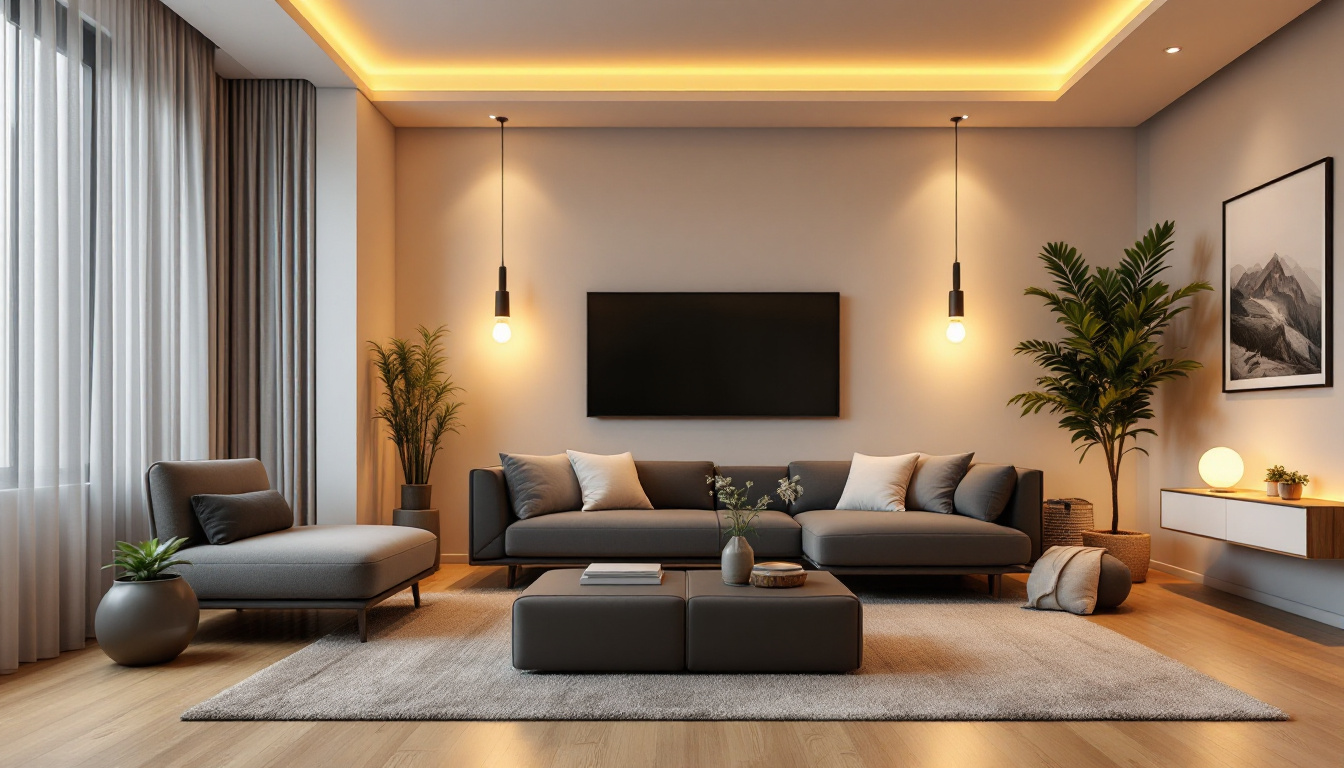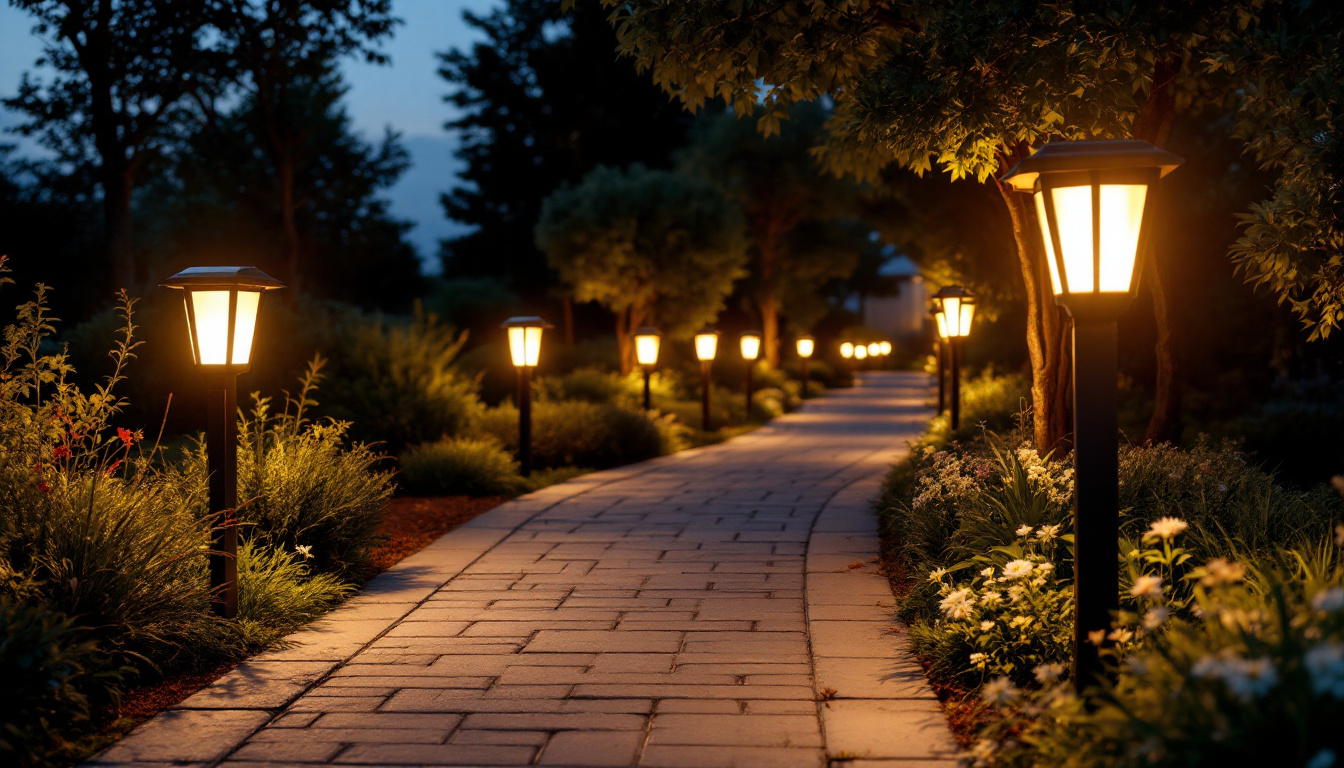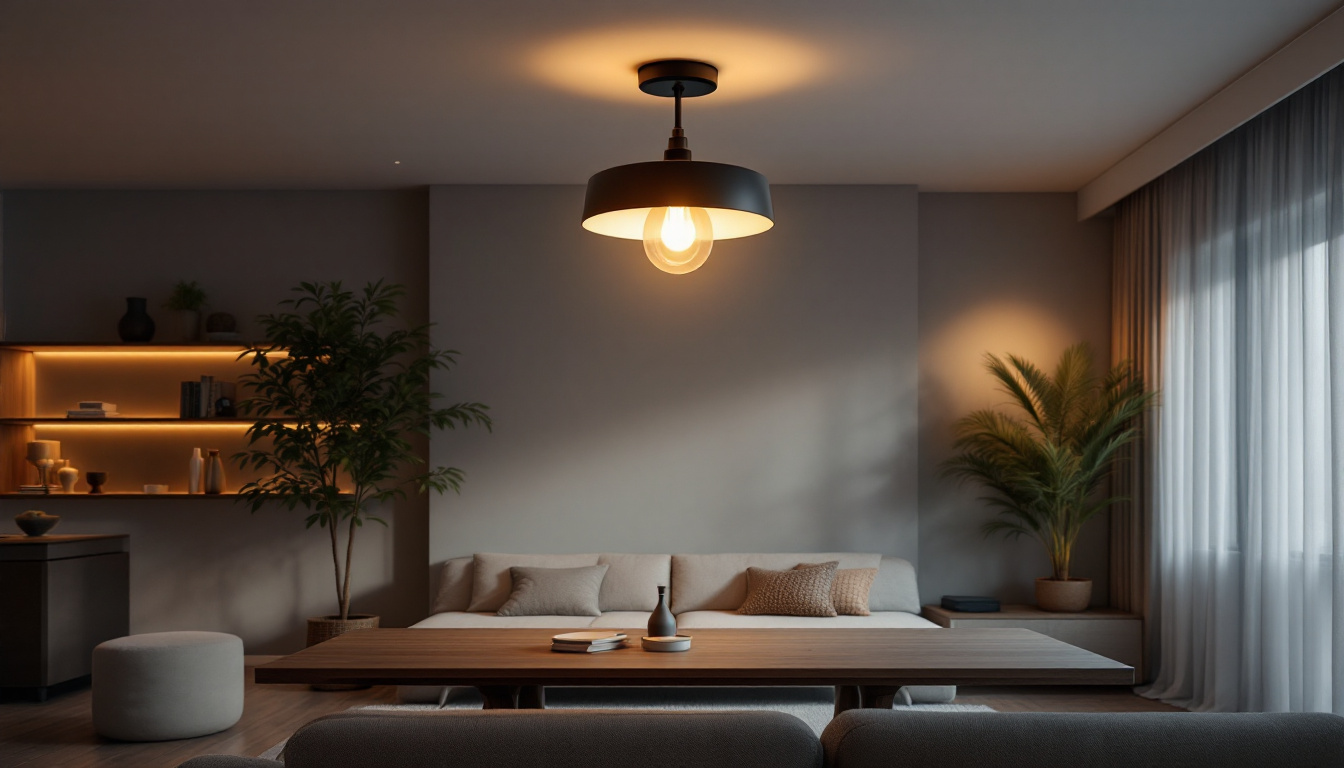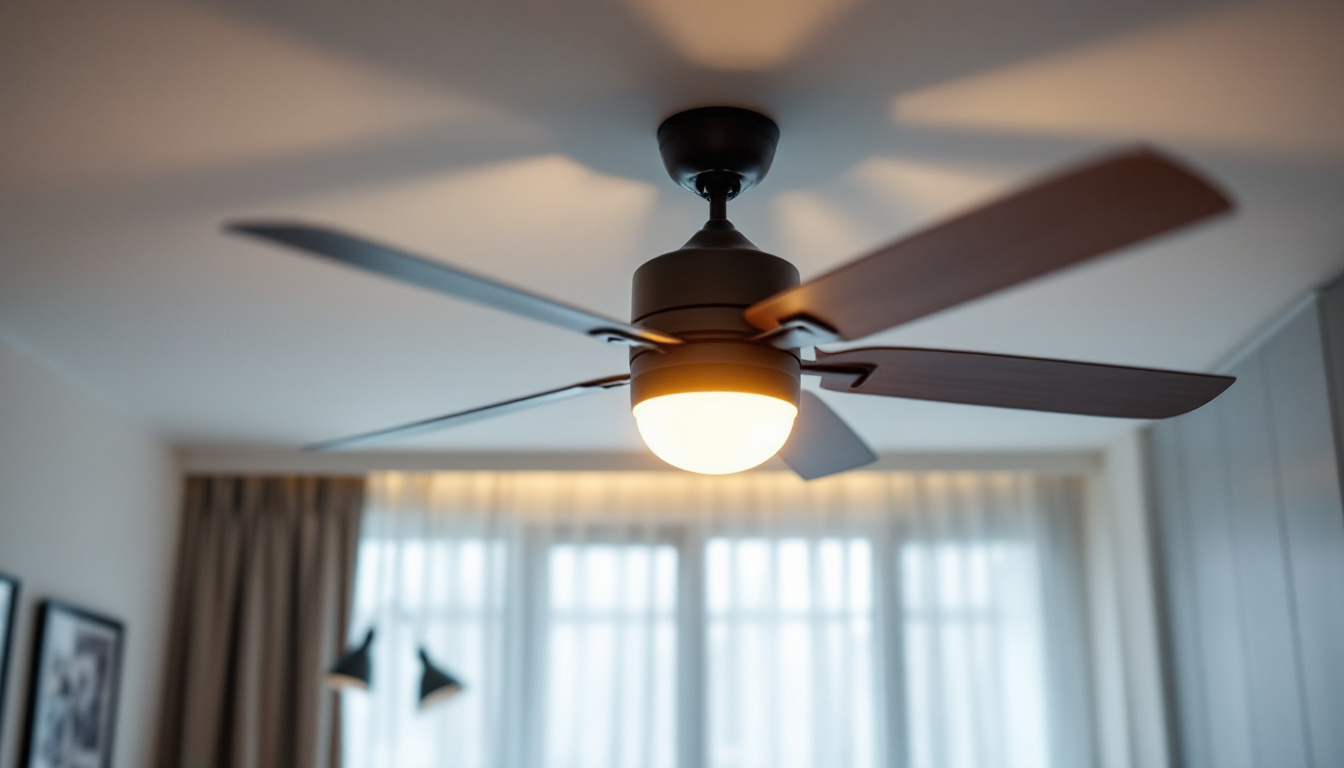
In the world of modern lighting, LED technology has revolutionized the way spaces are illuminated. For lighting contractors, understanding how to effectively utilize LED light bulbs in recessed lighting applications can lead to enhanced aesthetics, energy efficiency, and overall client satisfaction. This article delves into the benefits of LED bulbs for recessed lighting, offers installation tips, and explores design considerations that can elevate any project.
One of the most compelling reasons to choose LED light bulbs for recessed lighting is their energy efficiency. Unlike traditional incandescent or halogen bulbs, LEDs consume significantly less power, resulting in lower energy bills for clients. This efficiency not only benefits homeowners but also aligns with sustainability goals, making it an attractive selling point for contractors.
Moreover, LEDs have a longer lifespan, often lasting up to 25,000 hours or more. This longevity reduces the frequency of replacements, which is particularly advantageous in hard-to-reach recessed fixtures. By emphasizing these benefits, contractors can position themselves as eco-conscious professionals who prioritize cost-effective solutions. Additionally, the lower energy consumption of LED bulbs contributes to a reduced carbon footprint, appealing to environmentally-minded clients who are increasingly making purchasing decisions based on sustainability criteria.
LEDs provide high-quality lighting that can enhance the visual appeal of any space. With options available in various color temperatures, from warm white to cool daylight, contractors can tailor lighting solutions to meet the specific needs of their clients. Warm white bulbs create a cozy atmosphere ideal for living rooms and bedrooms, while cooler temperatures are perfect for kitchens and workspaces.
Furthermore, the ability to dim LED lights adds another layer of versatility. Dimmable LEDs allow homeowners to adjust brightness levels according to their mood or activity, enhancing the overall functionality of the space. This adaptability can be a key selling point for contractors looking to provide comprehensive lighting solutions. Additionally, the color rendering index (CRI) of LED lights is often superior to that of traditional bulbs, meaning that colors appear more vibrant and true to life, which is particularly beneficial in spaces where aesthetics are paramount, such as art studios or retail environments.
Another significant advantage of LED light bulbs is their low heat emission. Traditional bulbs can generate excessive heat, which not only affects energy efficiency but can also pose a fire hazard, especially in recessed lighting fixtures. LEDs, on the other hand, convert a higher percentage of energy into light rather than heat, making them a safer choice.
This characteristic is particularly important in recessed lighting, where fixtures are often enclosed and can trap heat. By opting for LED bulbs, contractors can ensure a safer installation while also enhancing the longevity of the fixtures themselves. This aspect can be highlighted to clients who may have concerns about safety and energy consumption. Furthermore, the cooler operation of LED lights can contribute to a more comfortable indoor environment, especially during warmer months, as they do not add to the ambient heat load of a room. This can be an important consideration for clients looking to maintain a pleasant atmosphere in their homes or commercial spaces.
When installing LED recessed lighting, selecting the appropriate fixture is crucial. Not all recessed fixtures are compatible with LED bulbs, so it is essential to choose fixtures specifically designed for LED use. These fixtures often come with features such as better heat dissipation and compatibility with dimming systems. Additionally, many modern LED fixtures are designed with integrated LED technology, which can offer a sleeker appearance and eliminate the need for bulb replacements altogether.
Contractors should also consider the size and shape of the recessed cans. Standard sizes include 4-inch, 6-inch, and 8-inch options, and the choice will depend on the desired lighting effect and the space’s dimensions. For instance, smaller cans may be suitable for accent lighting, while larger fixtures can provide general illumination. Furthermore, the trim style—whether baffle, reflector, or adjustable—can also influence the light distribution and overall aesthetic. Selecting the right trim can enhance the visual appeal of the lighting while ensuring optimal performance.
Proper wiring is another critical aspect of installing LED recessed lighting. It is important to ensure that the existing wiring can support the new LED fixtures, particularly in older homes. Contractors should assess the electrical load and make necessary adjustments to prevent any issues. In some cases, upgrading the wiring may be necessary to accommodate the lower wattage of LED lights, which can lead to energy savings over time.
Additionally, compatibility with dimmers should be verified. Not all LED bulbs work seamlessly with existing dimmer switches, which can lead to flickering or reduced performance. It is advisable to recommend LED-compatible dimmers to clients to ensure a smooth and satisfying lighting experience. Moreover, educating clients about the benefits of smart dimmers can enhance their control over lighting levels and create customizable atmospheres for different occasions.
The placement and spacing of recessed lights can significantly impact the overall lighting effect. Contractors should consider factors such as ceiling height, room function, and the desired ambiance when determining the layout. A general rule of thumb is to space recessed lights approximately 4 to 6 feet apart, but this can vary based on the specific application. For instance, in a hallway, lights may be spaced closer together to ensure consistent illumination along the path.
In areas where task lighting is essential, such as kitchens or home offices, closer spacing may be required to achieve adequate illumination. Conversely, in larger open spaces, wider spacing can create a more ambient effect. By carefully planning the layout, contractors can ensure that the lighting meets both functional and aesthetic needs. Additionally, considering the use of adjustable fixtures can provide flexibility, allowing homeowners to direct light where it is most needed, further enhancing the versatility of recessed lighting in various settings.
Incorporating layered lighting techniques can enhance the overall design of a space. Recessed lighting can be used in conjunction with other lighting sources, such as pendant lights, wall sconces, and floor lamps, to create a balanced and inviting atmosphere. This approach allows for versatility in lighting, catering to different activities and moods throughout the day.
For instance, in a living room, recessed lights can provide general illumination, while floor lamps can offer warm, ambient lighting for relaxation. By educating clients on the benefits of layered lighting, contractors can help them achieve a more dynamic and functional environment.
LED recessed lighting is particularly effective for accent and task lighting. By strategically placing recessed fixtures, contractors can highlight architectural features, artwork, or specific areas of interest within a room. This technique not only enhances the visual appeal but also draws attention to focal points, creating a more engaging space.
For task lighting, recessed fixtures can be installed above workspaces, such as kitchen islands or desks, to provide focused illumination. This targeted lighting can improve functionality and safety, especially in areas where precision is required. Contractors should work closely with clients to identify areas where accent and task lighting can be most beneficial.
The color temperature of LED bulbs plays a crucial role in setting the mood of a space. Warmer tones can create a cozy and inviting atmosphere, while cooler tones can promote productivity and alertness. Understanding the psychological effects of different color temperatures allows contractors to make informed recommendations to clients.
For example, in a home office, cooler white light can enhance focus and concentration, while warmer light in a bedroom can promote relaxation and comfort. By discussing color temperature options with clients, contractors can help them achieve their desired ambiance while maximizing the functionality of their lighting design.
Although LED bulbs require less maintenance than traditional lighting options, they still benefit from regular cleaning to maintain optimal performance. Dust and debris can accumulate on fixtures, diminishing the quality of light. Contractors should advise clients on how to clean their recessed lights safely, using a soft cloth or duster to avoid damaging the fixtures.
Additionally, it is important to check for any signs of wear or damage in the fixtures themselves. Regular inspections can help identify potential issues before they become significant problems, ensuring that the lighting remains functional and aesthetically pleasing.
As technology continues to evolve, integrating smart features into recessed lighting systems is becoming increasingly popular. Smart LED bulbs can be controlled via smartphone apps, allowing for greater flexibility and customization. Contractors should consider offering clients the option to upgrade to smart lighting solutions, which can enhance convenience and energy efficiency.
Smart lighting systems can include features such as scheduling, remote control, and even voice activation. By providing clients with these advanced options, contractors can position themselves as forward-thinking professionals who are attuned to the latest trends in lighting technology.
Leveraging LED light bulbs for recessed lighting presents numerous opportunities for lighting contractors to enhance their projects and provide clients with superior lighting solutions. From energy efficiency and quality of light to design versatility and smart technology integration, the benefits of LEDs are undeniable.
By understanding the installation considerations, design principles, and maintenance practices associated with LED recessed lighting, contractors can deliver exceptional results that meet the diverse needs of their clients. As the demand for sustainable and efficient lighting solutions continues to grow, embracing LED technology will not only elevate projects but also solidify a contractor’s reputation as a leader in the lighting industry.
In a rapidly evolving market, staying informed about the latest advancements in LED technology and lighting design will be essential for success. By prioritizing education, collaboration, and innovation, lighting contractors can ensure that they remain at the forefront of the industry, delivering exceptional lighting solutions that illuminate spaces beautifully and efficiently.
Ready to enhance your lighting projects with the efficiency and brilliance of LED recessed lighting? At LumenWholesale, we provide lighting contractors with the highest quality, spec-grade LED lighting products at unbeatable wholesale prices. Say goodbye to local distributor markups and hello to a vast selection of reliable lighting solutions that meet the most rigorous industry standards. Plus, with free shipping on bulk orders, you can stock up on premium lighting without any hidden fees. Elevate your lighting game and deliver exceptional results to your clients by choosing Wholesale Lighting at the Best Value with LumenWholesale.

Discover the innovative strategies smart lighting contractors use with electrical wiring connectors to enhance efficiency and safety.

Discover the key features that distinguish top lighting contractors in the world of solar-powered outdoor path lights.

Discover how modern semi flush mount lights can transform your space with stylish and efficient lighting solutions.

Discover how fan light fixtures are revolutionizing the lighting industry and giving contractors a competitive edge.